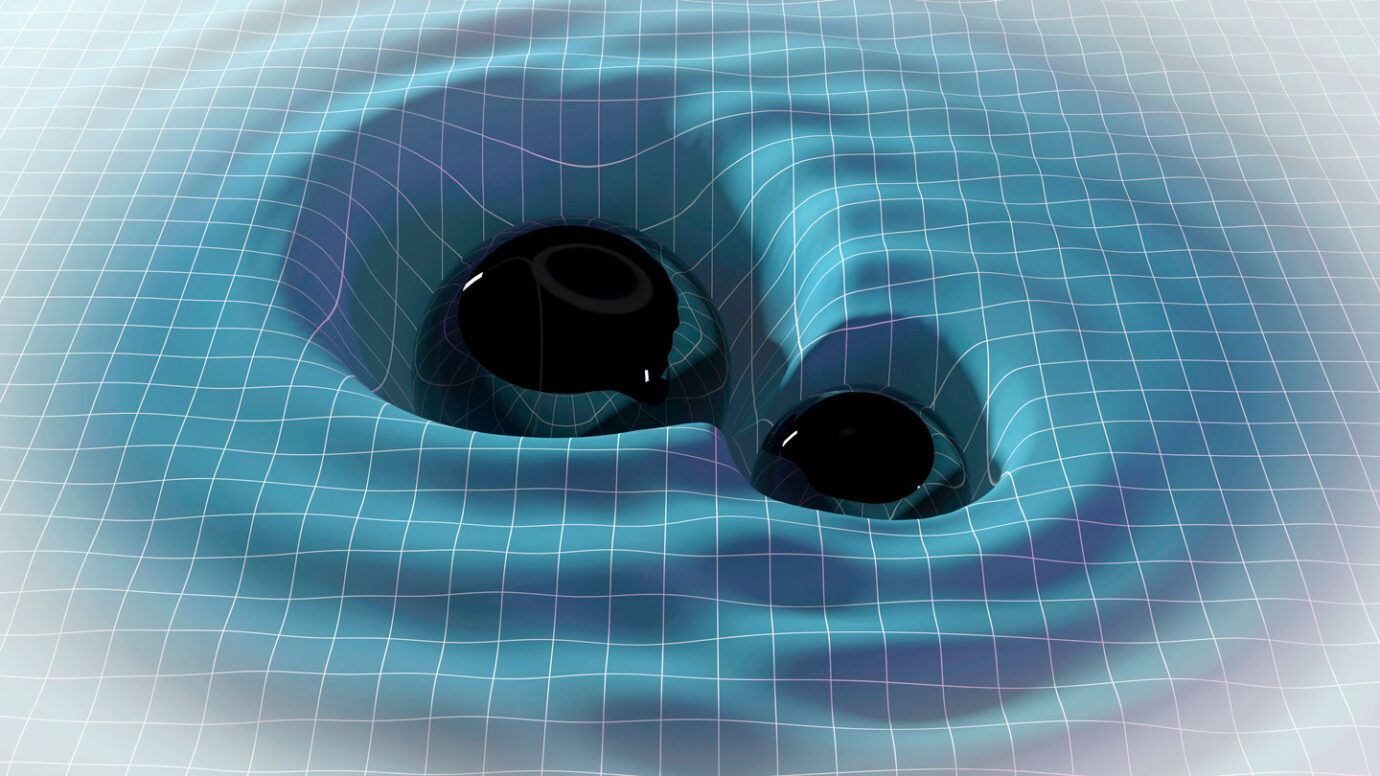Scientists Explore Innovative Methods for Detecting Gravitational Waves Beyond LIGO and LISA
Gravitational waves, once deemed a product of Einstein’s imagination, are now at the forefront of astronomical exploration. Since their initial detection, scientists have identified two distinct methods for spotting these ripples in spacetime, and they are eagerly seeking more. The study of gravitational waves has witnessed rapid advancements, prompting astrophysicists to ponder new possibilities that could expand our understanding of the cosmos.
Karan Jani, an astrophysicist at Vanderbilt University in Nashville, characterizes the surge in gravitational wave research as “remarkable” and notes that no other field in fundamental physics has experienced such swift progress.
Similar to how light encompasses a spectrum of wavelengths, gravitational waves come in various wavelengths, each originating from different cosmic events. These diverse wavelengths necessitate an array of detectors to capture the full spectrum of gravitational wave phenomena.
Gravitational waves with wavelengths spanning thousands of kilometers, such as those detected by LIGO in the United States and its partners Virgo in Italy and KAGRA in Japan, typically emanate from the mergers of black holes approximately ten times the mass of the sun or from collisions of dense cosmic entities known as neutron stars. These detectors may also identify waves produced by specific types of supernovas and rapidly rotating neutron stars known as pulsars.
In contrast, massive gravitational waves extending across light-years are believed to originate from orbiting pairs of supermassive black holes, each with a mass billions of times that of the sun. Recently, scientists provided strong evidence for the existence of these waves by utilizing the entire Milky Way galaxy as a detector, monitoring how the waves affected the timing of regular pulsar signals scattered throughout the galaxy.
With capabilities to detect both subtle ripples and monumental cosmic tsunamis, physicists are now eager to delve into an expansive cosmic ocean teeming with gravitational waves of various sizes. These waves hold the promise of unveiling hitherto unknown aspects of black holes and shedding light on enigmatic facets of the universe.
Jason Hogan, a physicist at Stanford University, highlights that there remain gaps in our coverage of the gravitational wave spectrum. He asserts the importance of covering all possibilities, emphasizing the potential for unforeseen discoveries.
Scientists are actively exploring several frontiers in their quest to uncover new types of gravitational waves:

1. Go to Deep Space: The Laser Interferometer Space Antenna (LISA), a European Space Agency mission slated for the mid-2030s, aims to deploy three spacecraft forming a triangle with sides measuring 2.5 million kilometers. This unique setup would use laser beams to detect gravitational waves by observing the stretching and squeezing of the triangle’s sides as a wave passes through. LISA’s extended reach would enable the detection of longer-wavelength gravitational waves from enormous black holes, offering new insights into these cosmic giants.
2. Go to the Moon: NASA’s Artemis program, focusing on lunar exploration, has sparked interest in the possibility of placing gravitational wave detectors on the moon. The Laser Interferometer Lunar Antenna (LILA) is a proposed experiment featuring three lunar stations forming a triangular configuration with sides around 10 kilometers long. This lunar-based detector could capture gravitational waves with wavelengths bridging the gap between space-based LISA and Earth-based LIGO. LILA’s unique advantage lies in its ability to monitor the approach of black holes toward merger in the weeks leading up to the collision.
3. Go Atomic: A novel technique departs from traditional laser observatories and focuses on the distance between two clouds of atoms. Quantum properties of atoms enable them to act as waves that can interfere with themselves. Gravitational waves passing through alter the distance between these atom clouds, a change that can be detected through quantum interference. This technique has the potential to reveal gravitational waves with wavelengths between those detectable by LIGO and LISA.
4. Go for the Unknown: The shortest wavelengths of gravitational waves, possibly just centimeters long, pose an intriguing challenge. While the sources of these waves are unknown, scientists aim to explore their existence. These waves could originate from violent events early in the universe’s history, like phase transitions or primordial black holes. Detection methods for such tiny waves remain uncertain, but laboratory-scale experiments and data repurposing from other research endeavors are being considered.
The pursuit of the complete spectrum of gravitational waves promises to uncover new dimensions of the universe. As Jason Hogan aptly puts it, “It’s bound to be interesting,” and scientists eagerly anticipate the next wave of discoveries that await in the ever-expanding field of gravitational wave detection.
Disclaimer: The views, suggestions, and opinions expressed here are the sole responsibility of the experts. No Prime Report Hub journalist was involved in the writing and production of this article.

